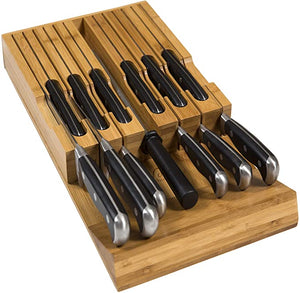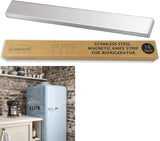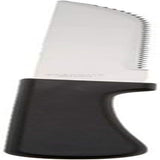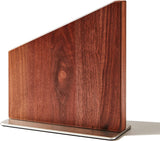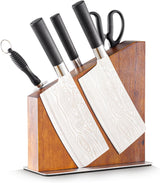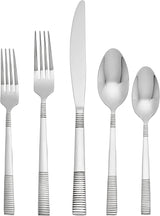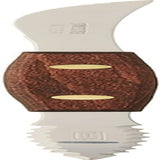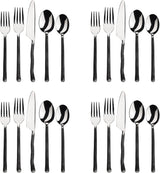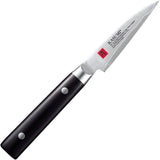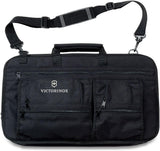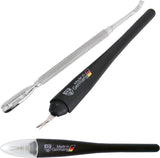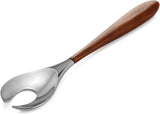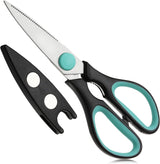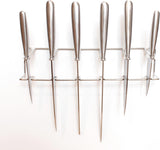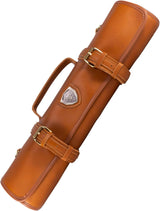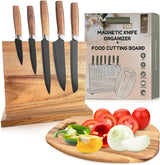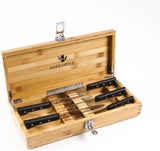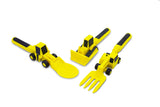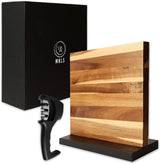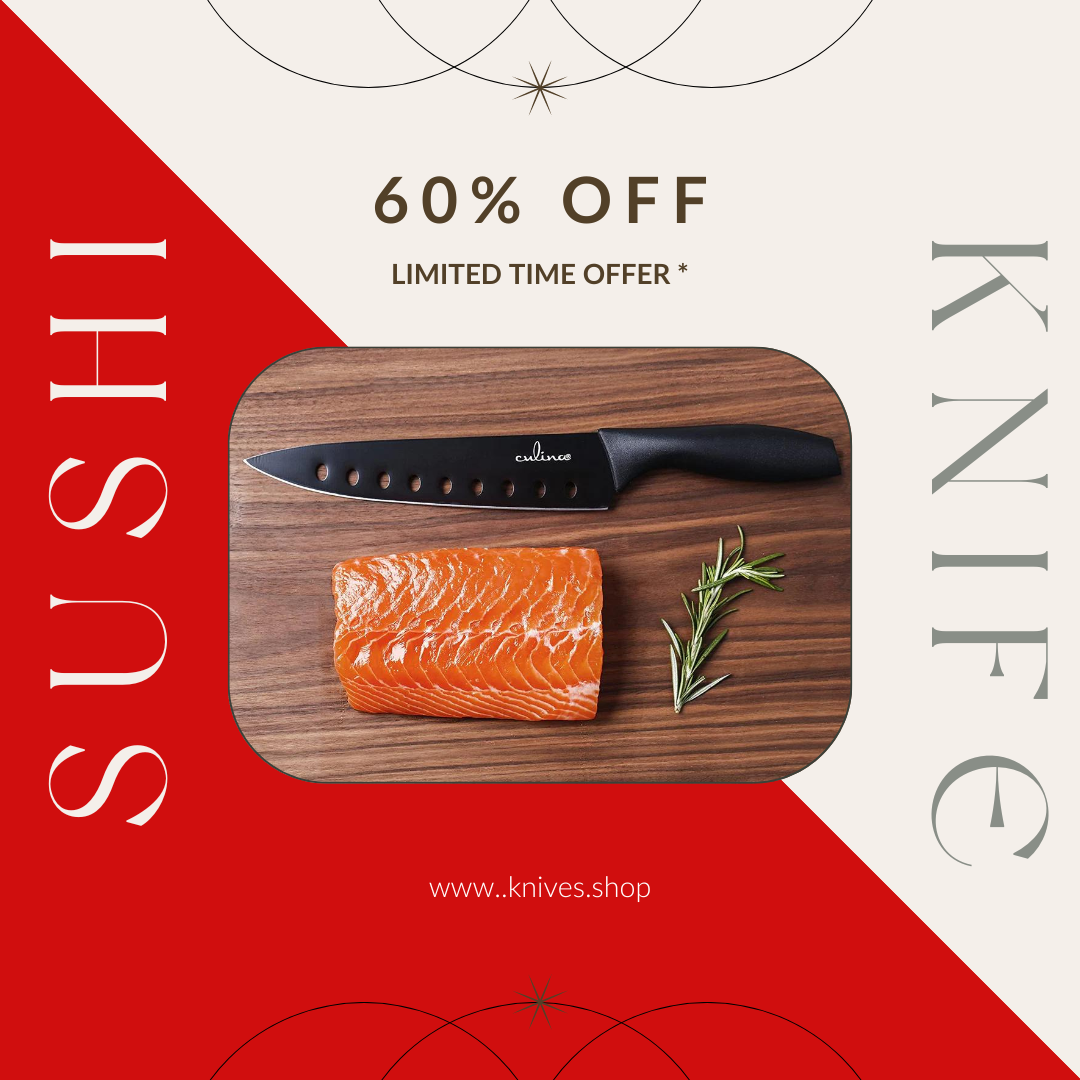If youre a kitchen professional or passionate home chef preparing to work with salmon, choosing the right-sized fillet knife could mean the difference between a well-filleted fish and a frustrating experience. Salmon, with its delicate flesh and robust bones, requires precisionand the right tools. But what size fillet knife for salmon truly works best?
To answer this, well dive deeply into the optimal size for your fillet knife and discuss why size specificity matters. Lets also explore how the correct blade length enhances both your efficiency and the quality of your preparation techniques.

Why Does Fillet Knife Size Matter for Salmon?
Salmon is a unique fish. Its flesh is soft yet firm, making it easy to cut but equally demanding of skill. A too-small knife may become inefficient, while a too-large one could lack the precision needed for delicate fillets. The delicate balance lies in selecting a blade length that offers flexibility and control without compromising on strength.
When tackling larger fish like salmon, a properly sized fillet knife helps glide over the fishs rib bones and skin without damage. This holds particular relevance in professional kitchens, where wastage can heavily impact profitability.
Defining the Ideal Blade Size
Experts, including seasoned chefs, generally agree that a fillet knife of 7 to 10 inches is best suited for salmon. Heres why:
- For smaller salmon or fillets, a 7-inch fillet knife provides control and precision, avoiding excessive cuts into the delicate flesh.
- Larger whole salmon benefit from a longer (8 to 10-inch) blade, offering the reach necessary to tackle the fishs substantial length.
- Flexibility: A longer but flexible blade ensures that you can maneuver easily, especially when removing skin without tearing the flesh.
Finding the Perfect Fillet Knife for Your Kitchen Needs
To refine your choice further, there are additional factors to consider beyond size alone. These elements play a vital role in the overall performance of your knife:
1. Blade Material
High-carbon stainless steel is widely preferred among kitchen professionals as it balances durability with stain resistance. A sharp edge is crucial for effortlessly slicing through flesh and rib bones.
2. Handle Comfort
Control is everything when it comes to filleting salmon. An ergonomic handle made of non-slip materials, like rubber or composite, ensures you achieve precision and safety during operation.
3. Flexibility
For salmon, flexibility is key. A pliable but adequately rigid blade conforms to the curves of the fish, enhancing your ability to perform clean, continuous cuts around bones and skin.
For additional tips, you might want to check out How to Sharpen a Fillet Knife to ensure your knife performs optimally.
Optimizing Knife Angles for Salmon Preparation
Another critical factor to note when working with your chosen fillet knife size is the angle you use for sharpening. Salmon fillets demand precision, and maintaining your blade can directly enhance your performance.
This detailed guide is a must-read for professionals: What Angle to Sharpen Fillet Knife.
Cleaning and Maintenance
To ensure longevity, proper care of your knife is essential. Regular cleaning, drying, and honing will keep the blade sharp and efficient. For maintenance tips, visit How to Clean a Knife.
FAQs: Addressing Common Questions About Fillet Knives
1. Can I use a universal knife instead of a fillet knife for salmon?
While possible, it is not recommended. A specifically designed fillet knife provides the precision and flexibility that salmon requires, which most universal knives lack.
2. What makes a fillet knife different from a regular kitchen knife?
Fillet knives are thinner, more flexible, and longerdesigned to contour along bones and slice smoothly through delicate meat, unlike general-purpose kitchen knives.
3. How do I maintain the sharpness of my fillet knife?
Regular honing and periodic sharpening ensure peak performance. Learn the best techniques through this resource: How to Sharpen Kitchen Knives.
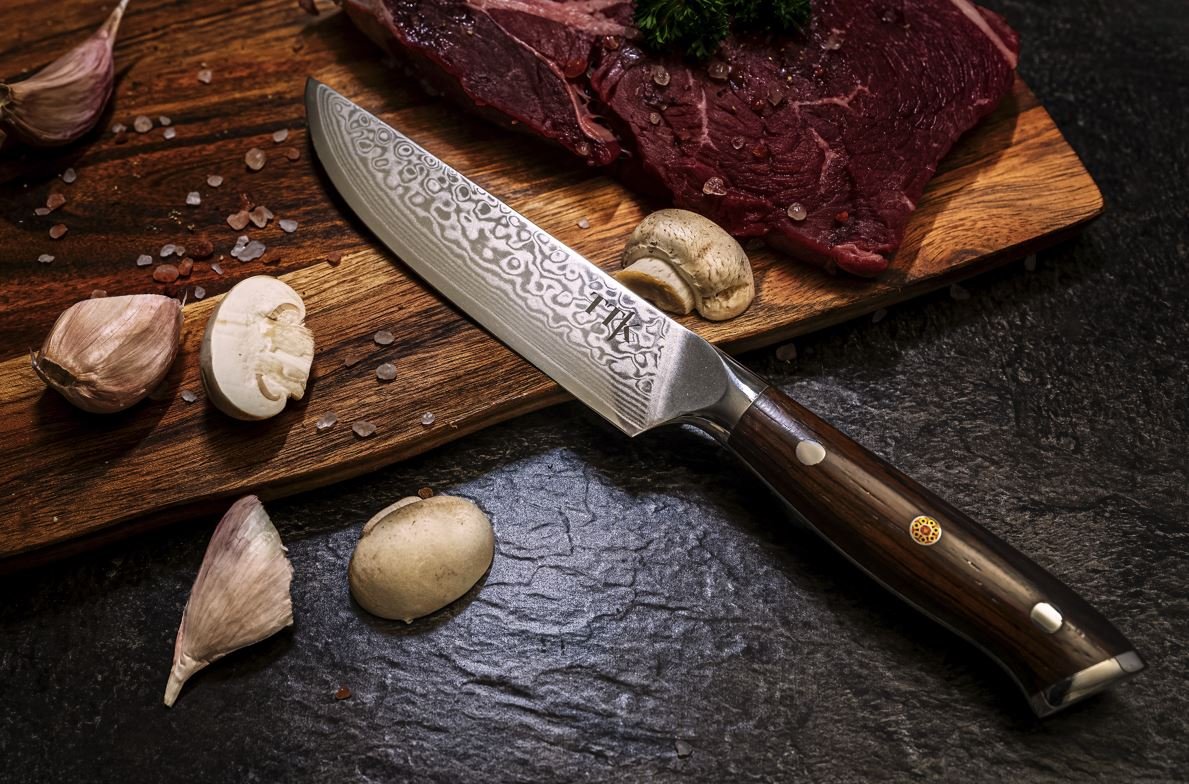
Conclusion
So, what size fillet knife for salmon should you choose? For maximum efficiency and precision, professionals recommend a blade between 7 and 10 inches, depending on the size of the salmon you typically handle.
Remember that the perfect blade doesnt just depend on its size; material, flexibility, handle comfort, and maintenance play significant roles. By investing in the right fillet knife, youll elevate your craft and ensure every salmon dish is prepared to perfection.
This article contains affiliate links. We may earn a commission at no extra cost to you.
